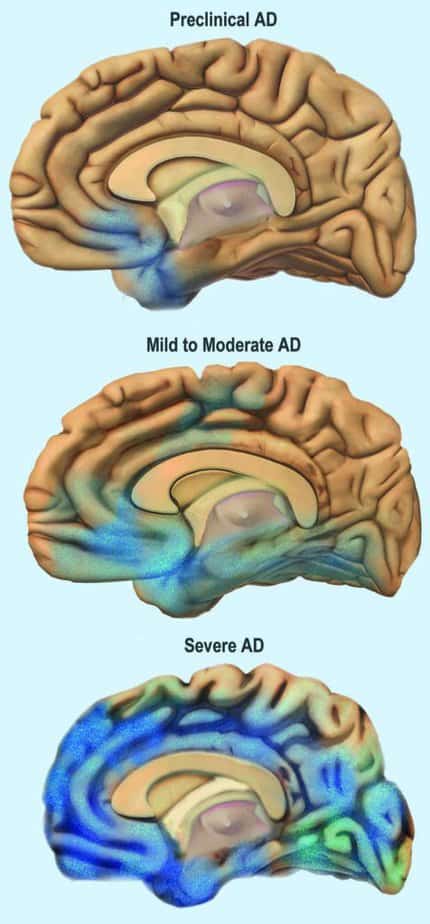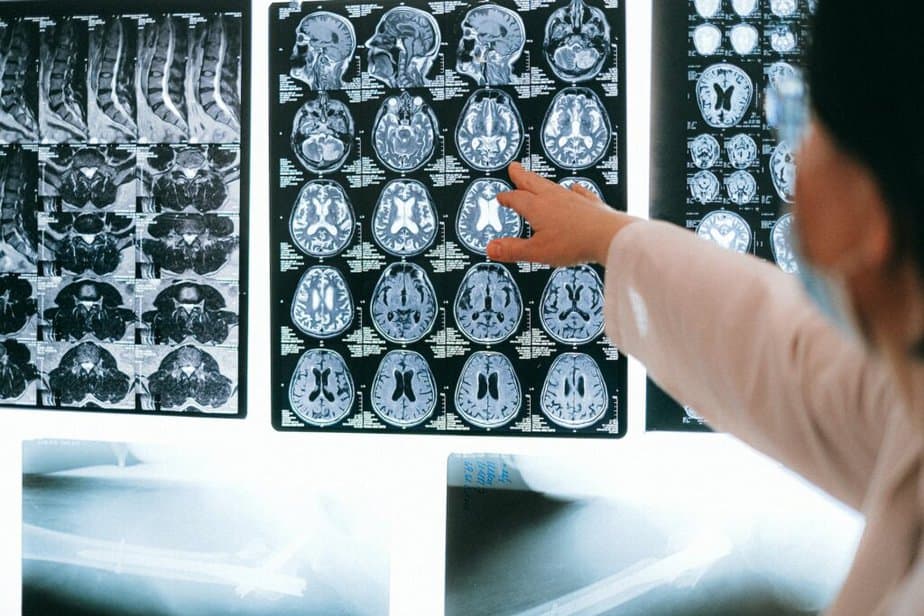Alzheimer’s disease (AD) is a prevalent form of dementia that affects memory, thinking, and behavior. Scientists have been working tirelessly to uncover the factors contributing to this degenerative disease. Did you know that shortened telomeres can reveal Alzheimer’s disease?
The Alzheimer’s Association reports that approximately 6.7 million Americans are living with AD. Early-stage Alzheimer’s starts as mild memory loss, while more advanced stages render individuals incapable of communication and performing daily tasks. Currently, there is no cure, but available treatments can help slow AD’s progression.

Contrary to common belief, Alzheimer’s is not a typical part of aging, though advanced age does come with a higher risk of AD. Most cases occur in individuals over 65, with younger occurrences classified as early-onset.
Some experts believe the abnormal accumulation of protein pieces, beta-amyloid plaque, and tangles around brain cells cause the disease, which leads to tissue damage and brain cell death. However, this is disputed by other research. What makes certain people susceptible to Alzheimer’s as they age is less understood.
New research published in PLOS ONE suggests that telomere shortening may be connected to Alzheimer’s disease. Telomeres, or chromosome caps, shorten as cells age. Once they become too short, cells cease dividing and eventually die. Therefore, telomeres are often used as markers of biological age.

Everyone experiences telomere shortening. However, research shows that lifestyle choices, such as diet and exercise, significantly influence the rate of cellular aging. Maintaining a healthy lifestyle can keep reduce the speed of telomer shortening and promote overall well-being.
The Study
The authors of this study sought to expand previous studies that linked short telomeres to dementia onset. This earlier work provided evidence linking telomere length and brain volume atrophy, a characteristic of Alzheimer’s disease. However, in this study, the scientists wanted to link other structural and functional brain changes in people with neurodegenerative disorders to telomere shortening.
To do this, they examined the relationship between telomere length in white blood cells and neuroimaging markers, such as grey and white matter volume. This approach was intended to shed light on the biological mechanisms connecting telomeres to Alzheimer’s and other neurodegenerative diseases.
The study involved MRI brain scans from 31,661 UK Biobank participants. They also measured telomere length using genetic testing-related technologies and leveraged electronic health records to assess which participants developed neurodegenerative diseases.

MRI analysis revealed that longer telomere length correlated with improved brain health. Patients with clinical Alzheimer’s disease tended to have:
- shrunken grey matter volume
- thinned neocortex
- increased white matter volume
In the present study, the authors observed these same biological effects when telomere shortening occurred.
From a clinical perspective, researchers evaluated whether the study participants developed particular health conditions and identified any potential patterns between the onset of these conditions and changes in telomere length. First, the researchers obtained initial telomere length measurements and subsequently monitored the participants’ clinical outcomes using electronic health records. The findings revealed a possible association between shorter telomere length and the development of dementia, but no significant correlations were observed with other pertinent diseases such as stroke and Parkinson’s disease.
Conclusions
Although the relationship between telomeres and various MRI imaging characteristics appears strong, establishing causality is more challenging. The researchers minimized potential confounding variables but could not eliminate them. Additionally, the authors assessed dementia diagnosis through health records not associated with this study.
This study offers valuable insight into the connection between telomere shortening and brain structure, potentially explaining the protective effect of longer telomeres against dementia. The most effective means of preserving telomere length remain healthy lifestyle choices, including a balanced diet and regular exercise.
Citation
Topiwala A, Nichols TE, Williams LZJ, Robinson EC, Alfaro-Almagro F, Taschler B, et al. (2023) Telomere length and brain imaging phenotypes in UK Biobank. PLoS ONE 18(3): e0282363. https://doi.org/10.1371/journal.pone.0282363
Looking for at-home tests measuring telomere length? You may be interested in these review articles from the Nebula blog:
- Muhdo (genetic predispositions and epigenetics)
- Toolbox Genomics (various DNA, epigenetics, and health tests)
- TruDiagnostic (two epigenetic testing options)
March 31, 2023
